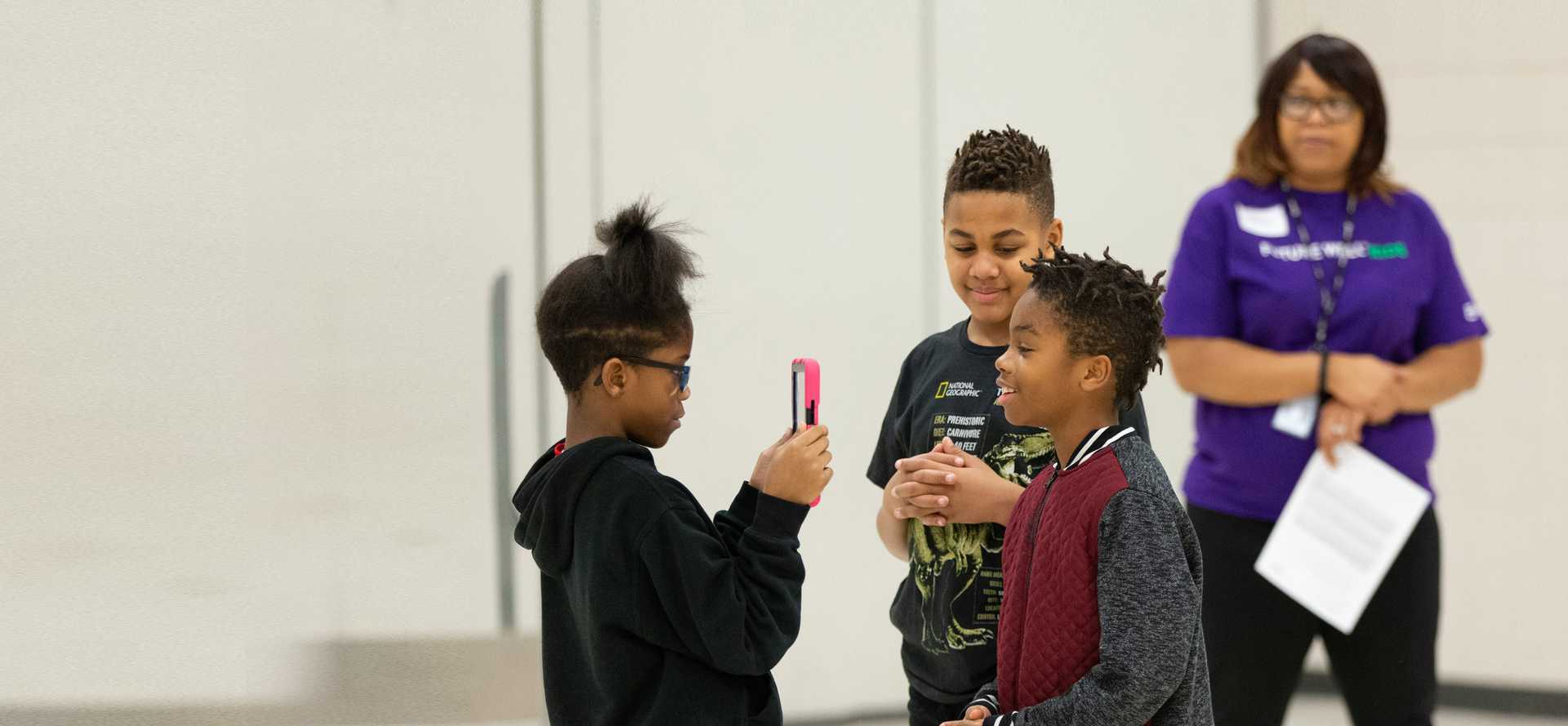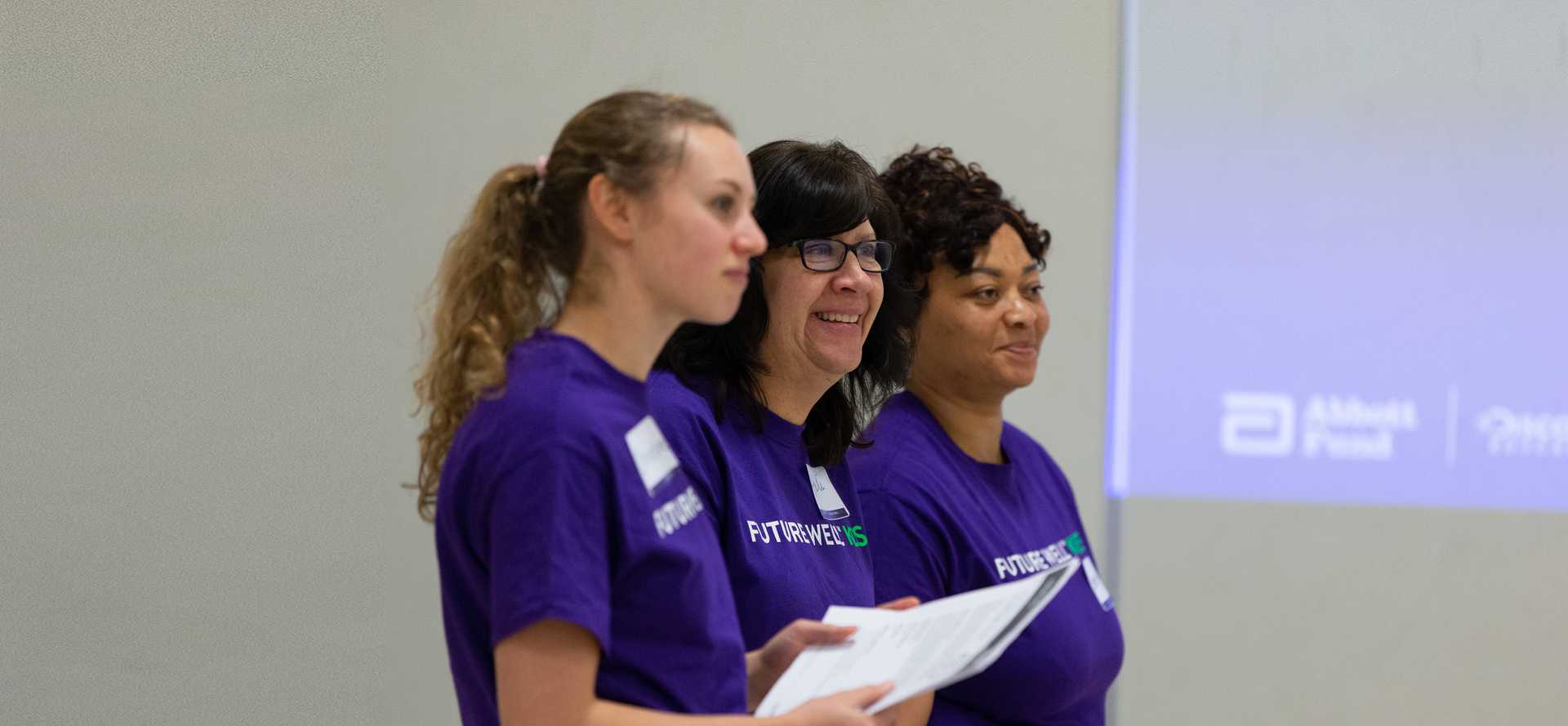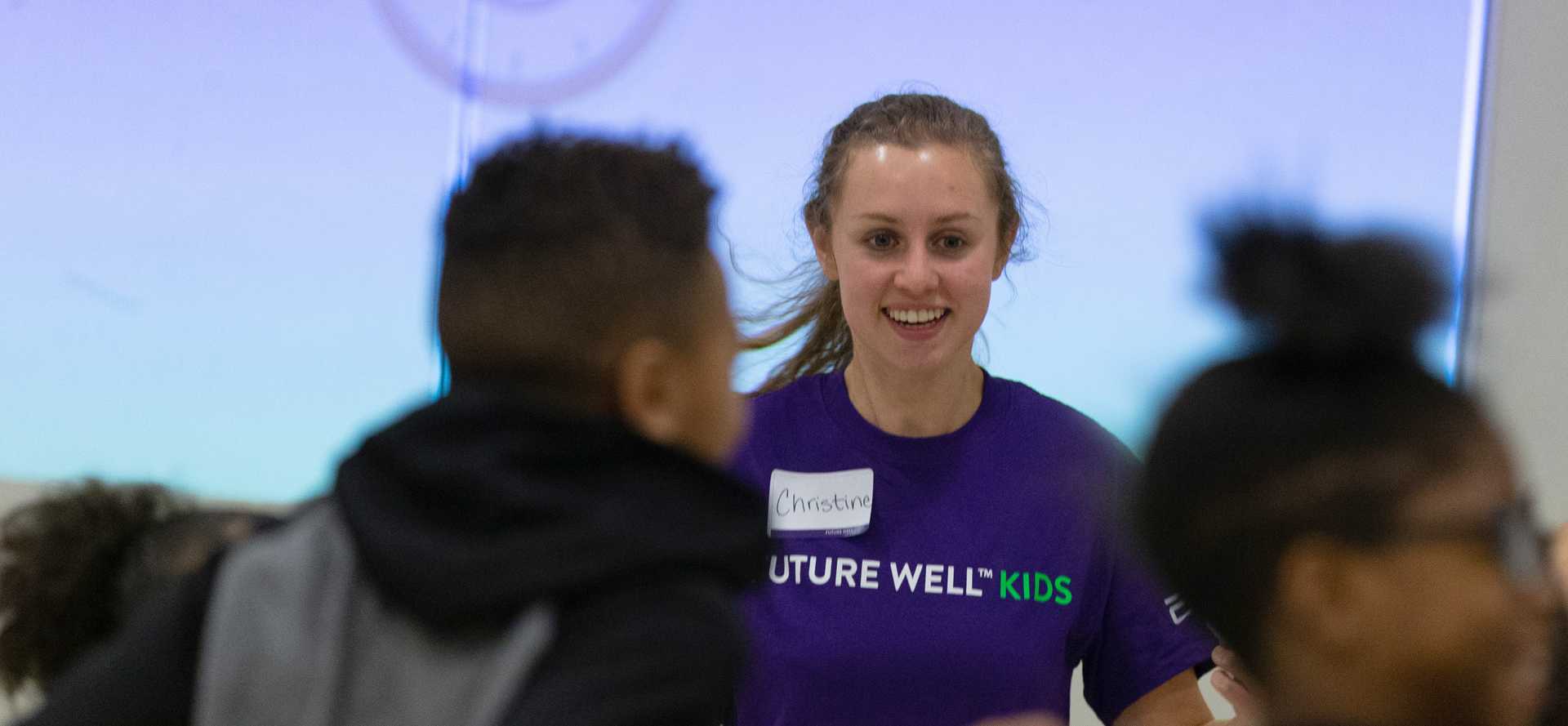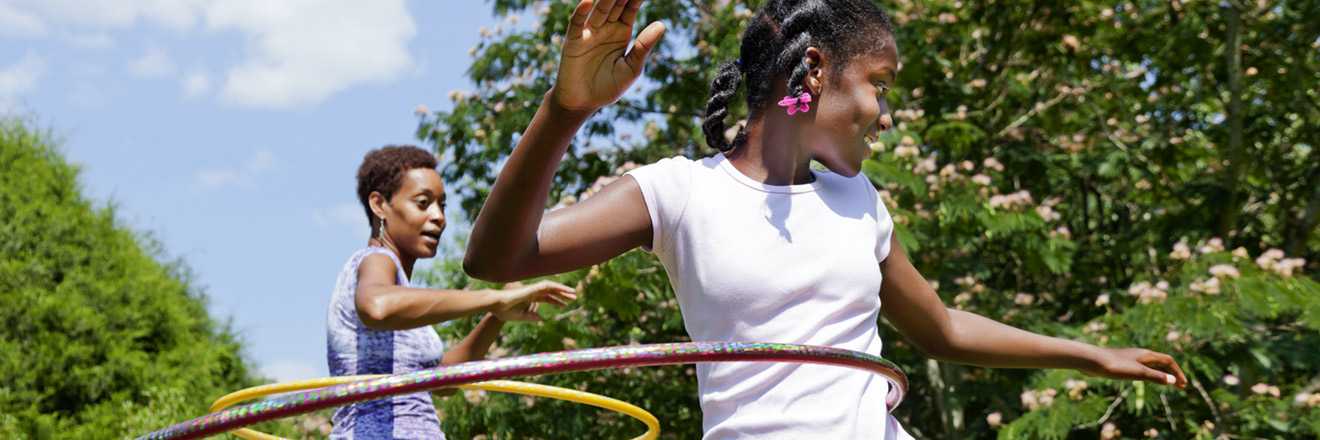LET'S GET STARTED
If your Abbott site is organizing a Future Well™ Kids program locally and you are interested in volunteering, view the assets below to help prepare for your involvement in the program.
If the Future Well™ Kids program is not being delivered at your Abbott site, check out the Ready-to-Use Activities to deliver to a school of your choice.
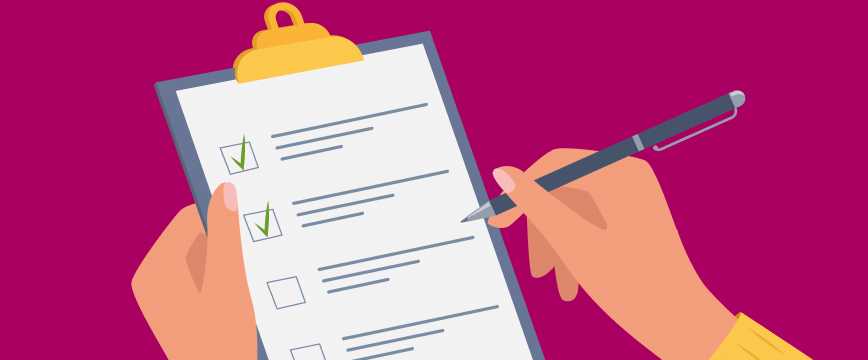
LESSON REVIEW GUIDE
Before you start, take a moment to review the Lessons Review Guide, designed to help YOU make the most of your time with students. Let’s get started!
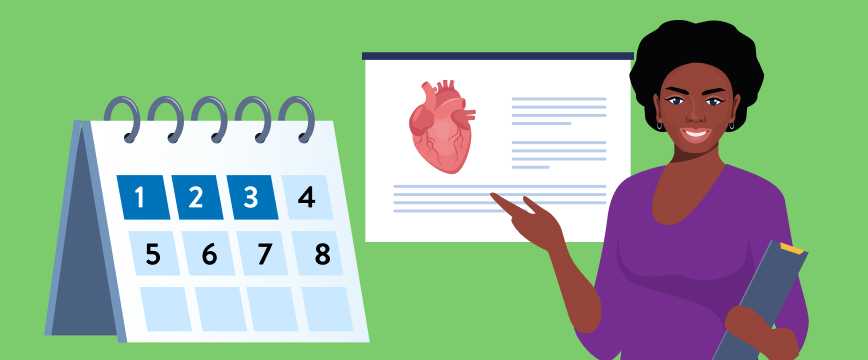
VISIT #1-3
The first three visits for any volunteer include presenting the required core lessons. Some volunteers may conclude their visits at the time, while others may choose to present one or more elective activities during subsequent visits.

VISIT #4
Any visits beyond the first required three are elective, and volunteers can choose from a host of curated activities to further engage students in living fuller and healthier lives.
REQUIRED LESSONS (VISIT #1-3)
Here, you’ll find the Lesson Review Guide, which highlights the key takeaways to reinforce after each visit. For your first visit, present What’s the Difference. For visits #2 and #3, choose one Nutrition lesson and one Physical Activity Lesson.
GETTING STARTED
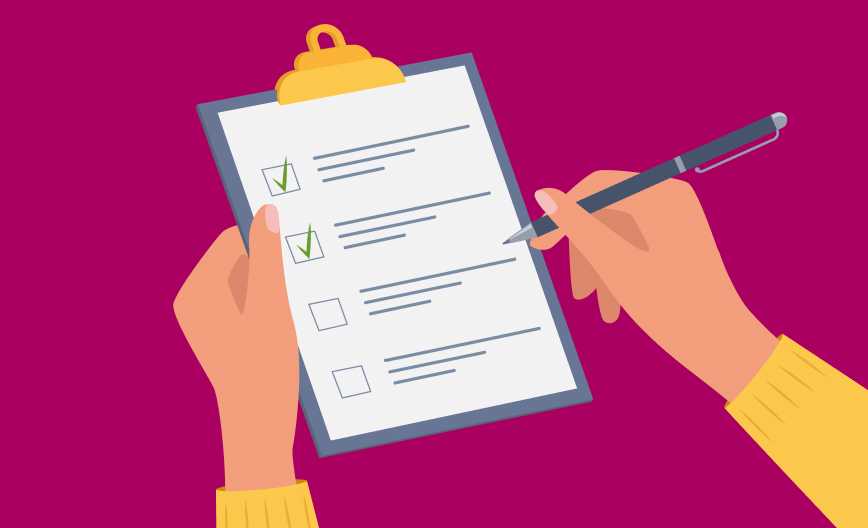
LESSON REVIEW GUIDE
Before you start, take a moment to review the Lessons Review Guide, designed to help YOU make the most of your time with students. Let’s get started!
VISIT 1
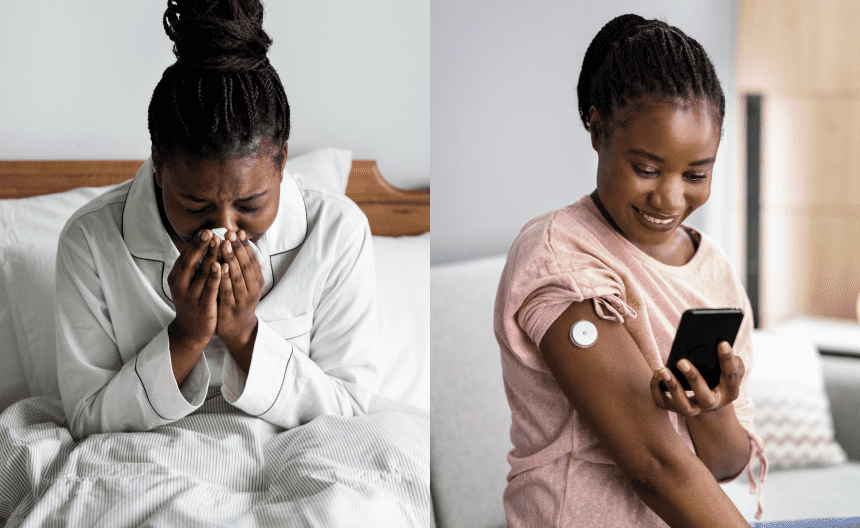
Know the Specifics
WHAT'S THE DIFFERENCE?
45–60 minutes
Students will break down the fundamental differences between communicable and noncommunicable diseases. They will investigate the common signs of noncommunicable diseases and reflect on ways everyday habits can impact the development of disease.
VISIT 2
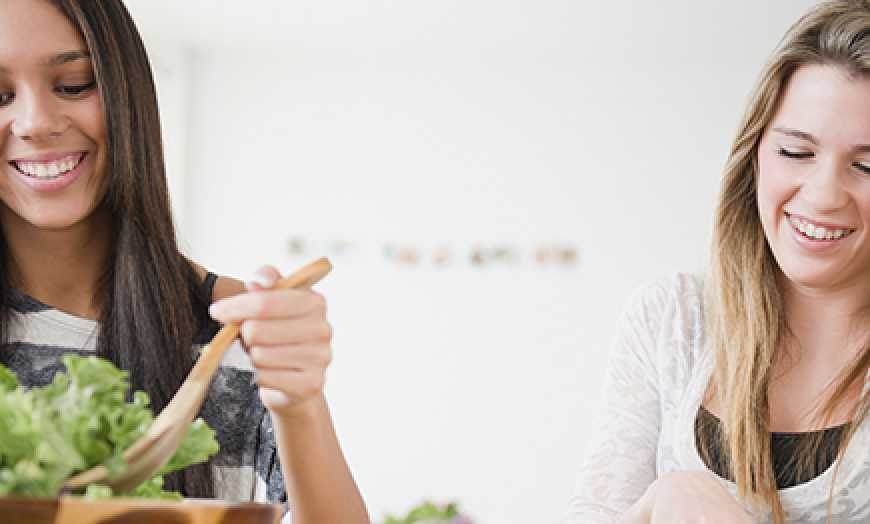
Nutrition
NUTRITIOUS ALTERNATIVES
45–60 minutes
This activity focuses on the idea that healthy doesn’t have to mean tasteless. Upon reviewing their country’s dietary guidelines, students can develop modifications to their diet that will help them eat more healthily while still enjoying what they consume.
VISIT 2
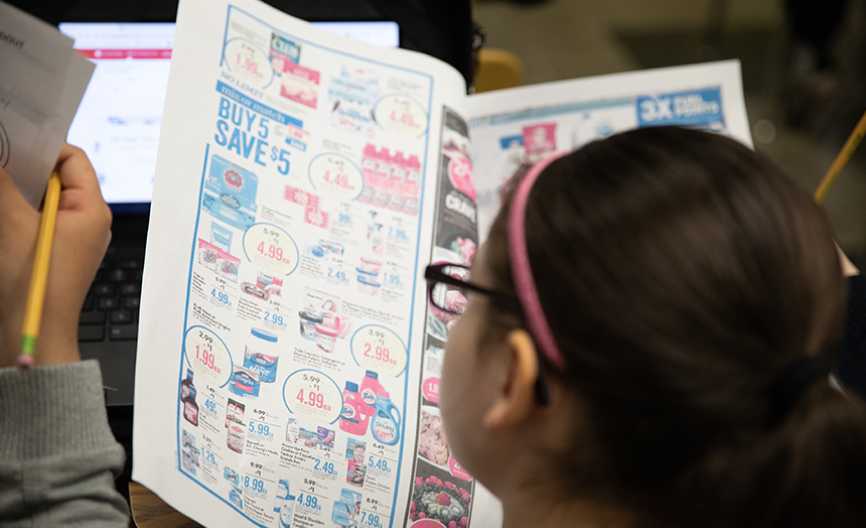
Nutrition
PLANNING FOR A HEALTHIER YOU
45–60 minutes
Help put students on the path toward improving their eating habits as they learn how to apply dietary guidelines to nutritious meal plans they will create for themselves.
VISIT 3
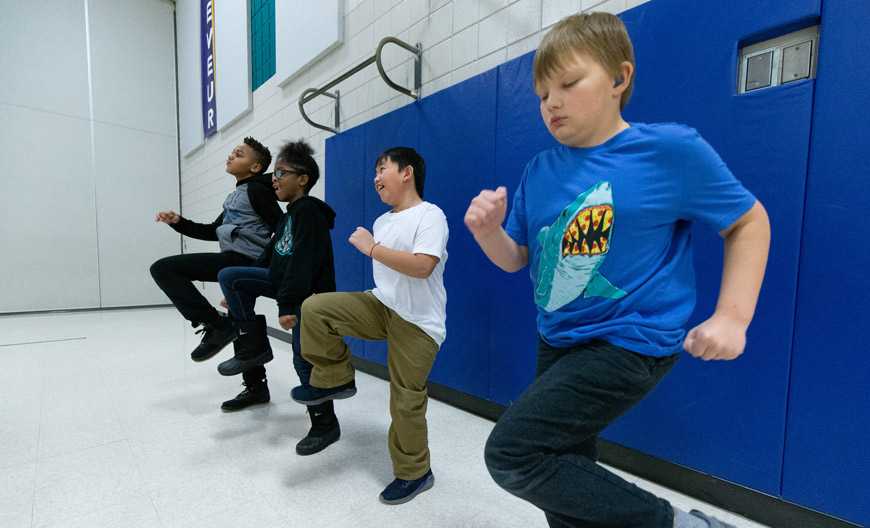
Physical Activity
GET MOVING
45–60 minutes
This digital lesson will guide students through an exploration of the link between physical activity and health. In stations, students will try different forms of physical activity, investigate how their body reacts to different types of exercise, and learn more about each activity’s specific positive effects. Students will then examine their current level of activity and create an action plan to help them work toward achieving 60 minutes of physical activity each day.
VISIT 3
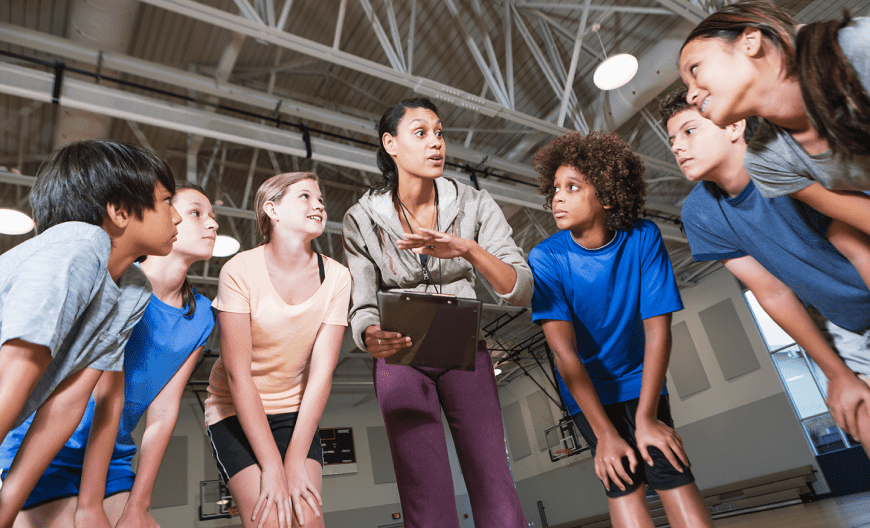
KEEP IT MOVIN’
45–60 minutes
Get students’ minds and bodies moving as you teach them about the importance of physical activity. Students will play a simple board game involving short bursts of physical activity, while learning how to reduce the risk of developing NCDs through food choices.
ELECTIVE LESSONS (VISITS #4 AND BEYOND)
Choose from among the following nine elective options.
Some lessons on this page require materials to be ordered in advance. These are marked with an asterisk (*).
ELECTIVE LESSON

Nutrition
THE MYSTERY OF HIDDEN SUGARS
Students will learn about the risks associated with overconsumption of sugar by visualizing the amount of sugar in various drinks and common food items. Students will then create a resource that explains to peers the connection between sugar consumption and NCDs.
*This lesson requires ordering a kit beforehand.
*This lesson requires ordering a kit beforehand.
ELECTIVE LESSON
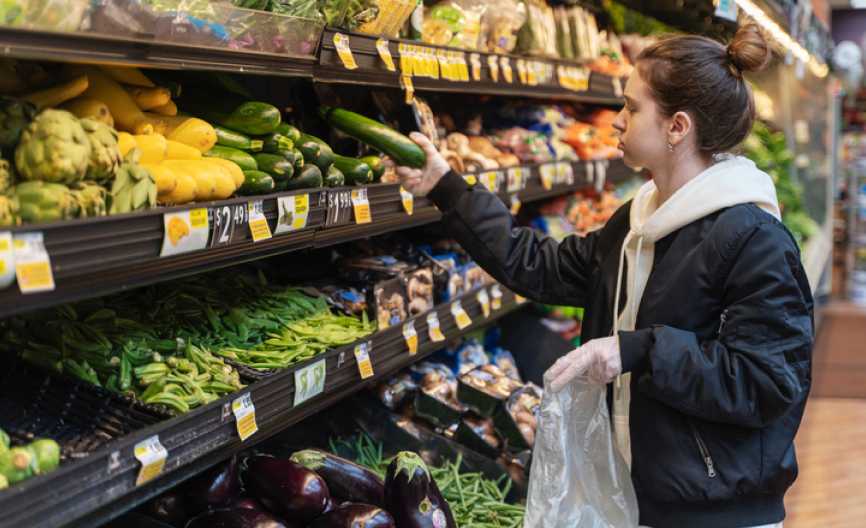
Nutrition
SUPERMARKET SMART
After reviewing the elements of a standard nutrition label, students will learn how to interpret ingredient lists, including learning if the order of ingredients matters, how to differentiate between naturally occurring ingredients and chemicals and draw conclusions about whether examples would be nutritious food choices.
ELECTIVE LESSON

Nutrition
DESIGN INNOVATION
Students will learn about the essential role whole foods (fruits, vegetables, protein, etc.) play in our health and how they help to reduce the development of noncommunicable diseases. In addition, students will analyze typical grocery store designs and suggest potential innovations to help consumers choose whole foods.
*This lesson requires ordering a kit beforehand.
*This lesson requires ordering a kit beforehand.
ELECTIVE LESSON
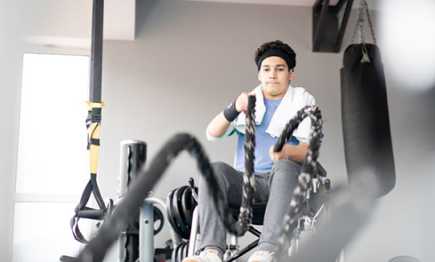
Physical Activity
NCDS NINJA
Students will learn about nutrition and different types of physical activities, including cardio and seated. Students will design an obstacle course to learn about cardio exercises and participate in information stations about nutrition and seated physical activities.
ELECTIVE LESSON
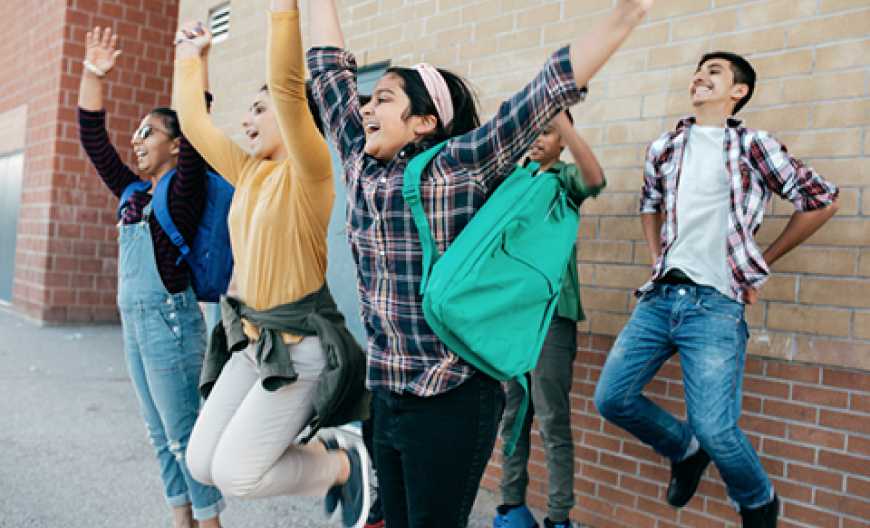
Physical Activity
HEART PUMPING THEATRE
Clap, stomp, jump! Using creative combinations of these motions, students will develop challenging movement patterns to increase their heart rates through physical activity. Students will learn to measure their heart rates by taking their pulses.
ELECTIVE LESSON

Physical Activity
STAYING HEALTHY WHILE STAYING CONNECTED
Students will review their sedentary hobbies, such as watching television or playing video games and design a physical activity challenge that will help them increase their physical activity during these hobbies. They will explain how their plan could help them reach their daily physical activity recommendations.
ELECTIVE LESSON

Healthy Lifestyle
STRESS OUT!
Students will uncover the key role stress plays in mental health, well-being, and the development of noncommunicable diseases. After reflecting on everyday stressors in their lives, students will collaborate to develop effective stress-reduction techniques.
ELECTIVE LESSON

Healthy Lifestyle
BEDTIME
Students will learn how sleep affects almost every cell and function of our body, including blood pressure and cardiovascular health, and even affects the development of Type 2 diabetes. In this activity, students will learn about the importance of sleep in maintaining health and the effects that a lack of sleep can have on their overall health.
ELECTIVE LESSON

Know the Specifics
KEEP YOUR HEART PUMPING
Students will learn how a healthy heart pumps blood through their bodies’ arteries by building a common model of a pumping heart. Then, they will learn about heart disease, how it affects the heart's ability to pump, and how this noncommunicable disease develops and can be prevented.
*This lesson requires ordering a kit beforehand.
*This lesson requires ordering a kit beforehand.

